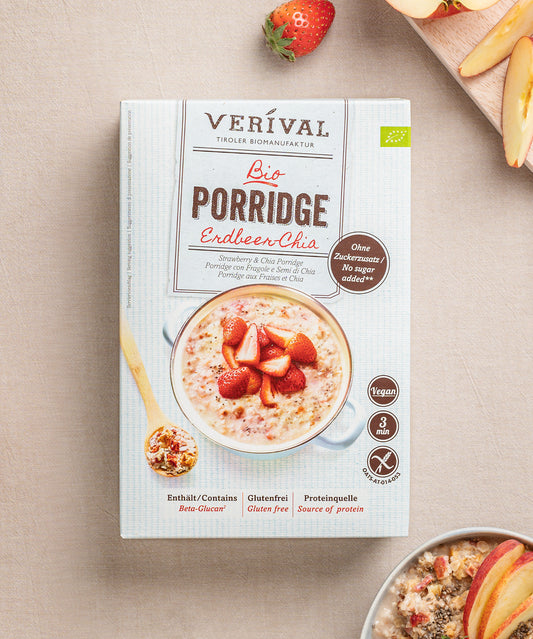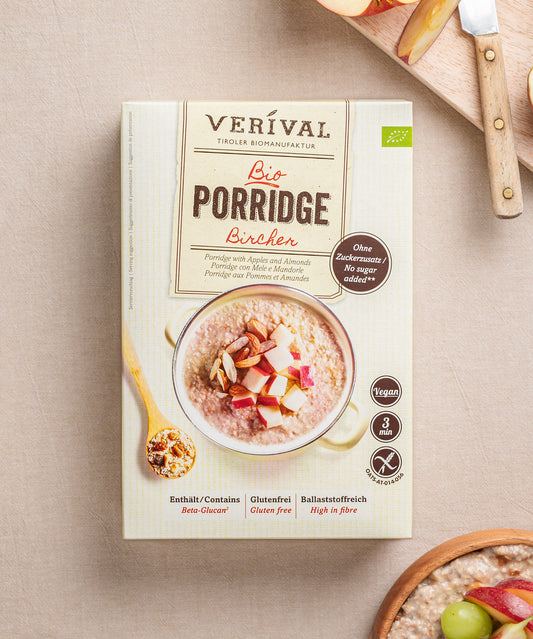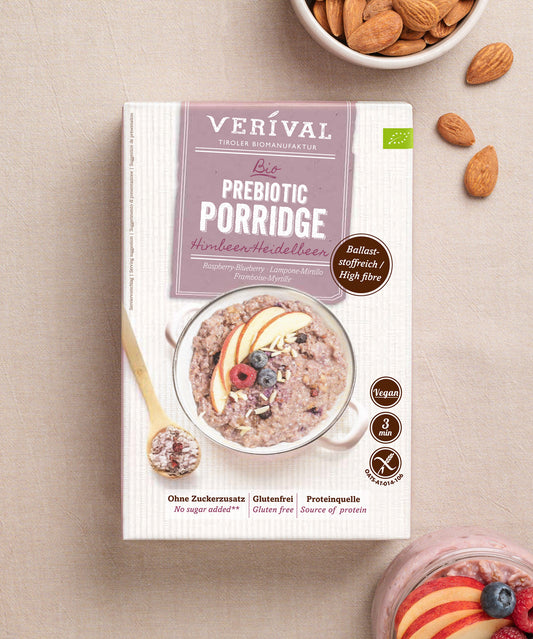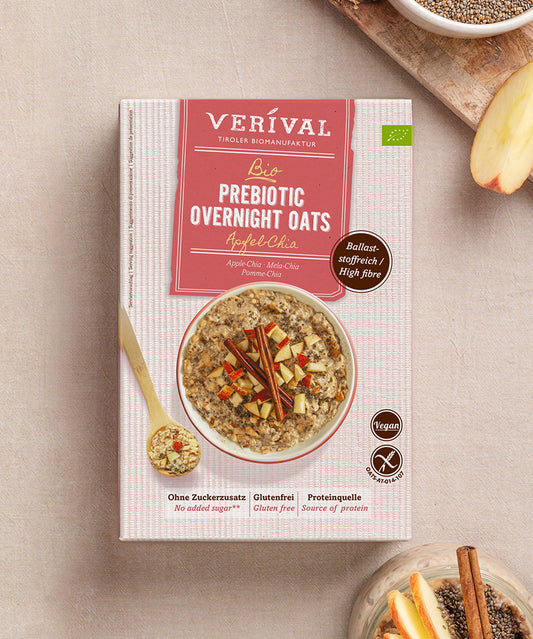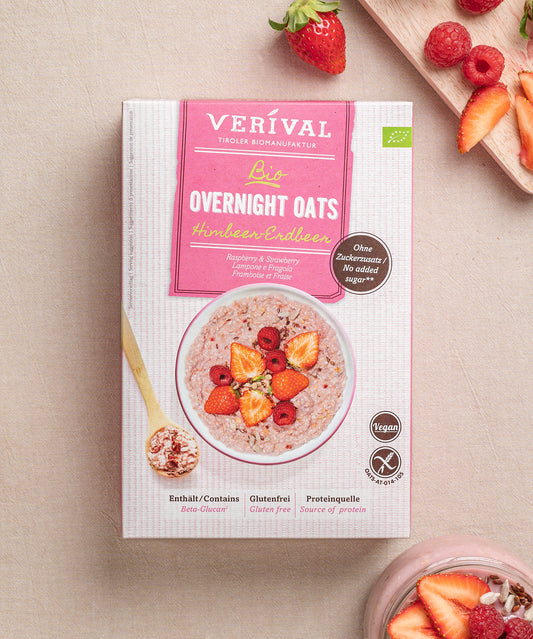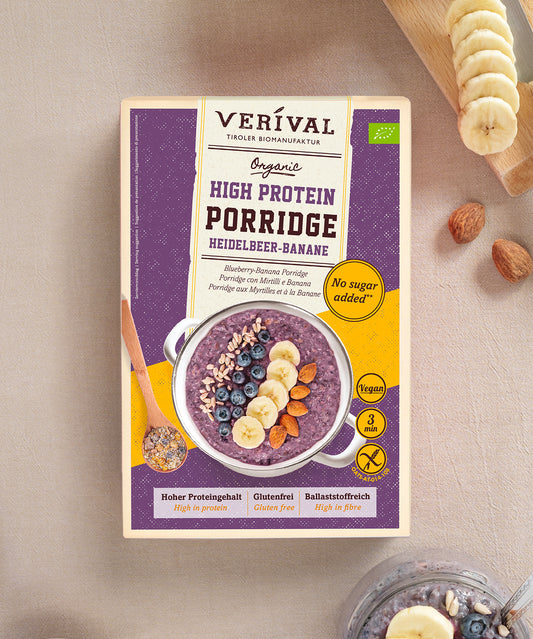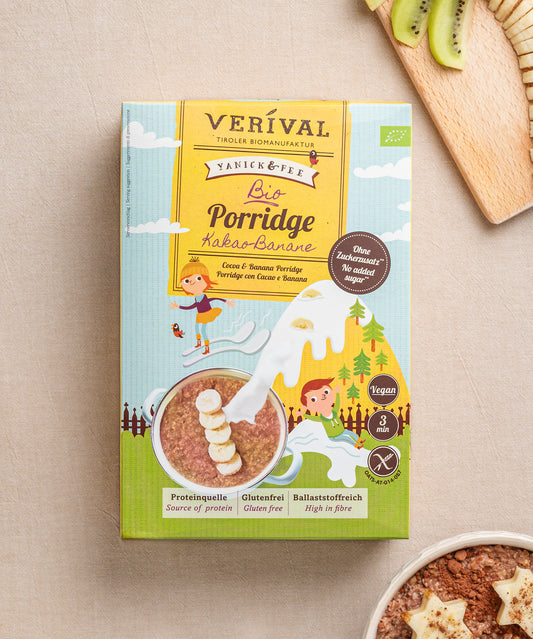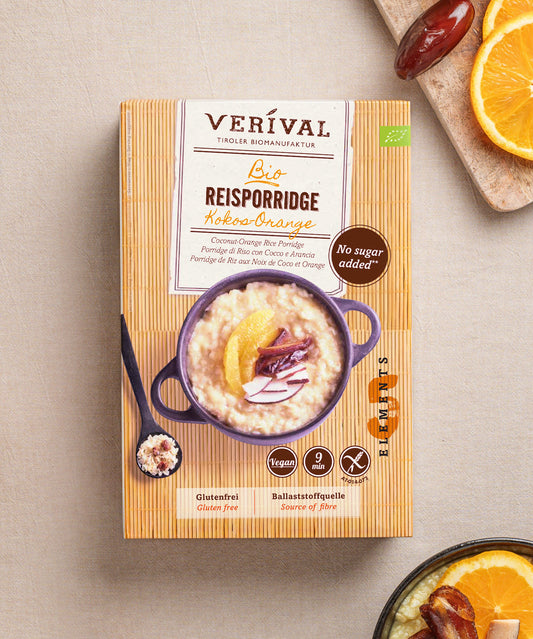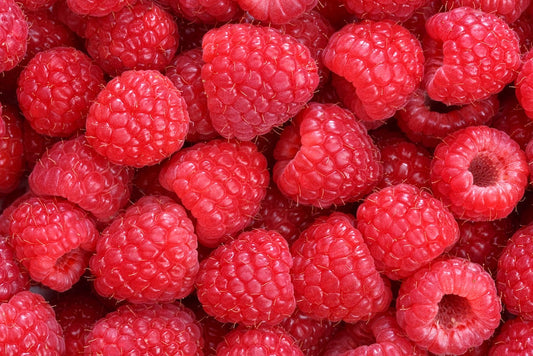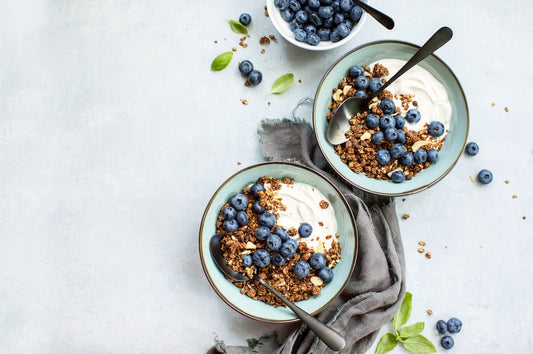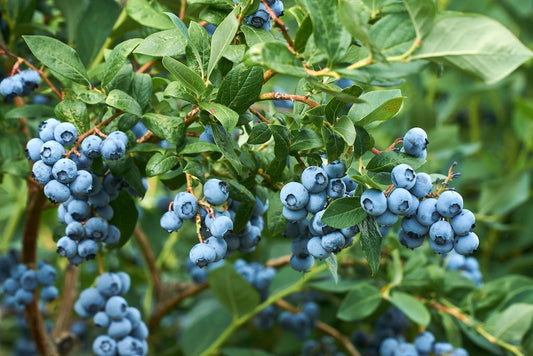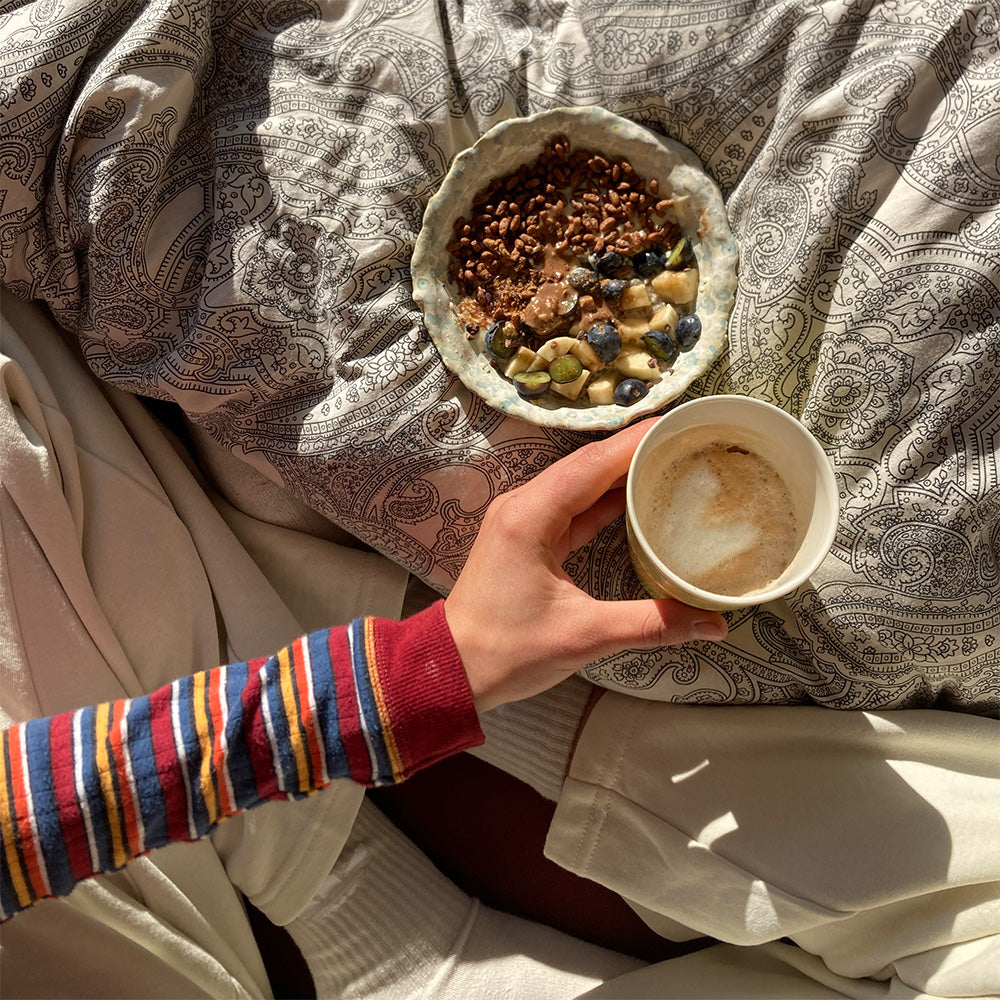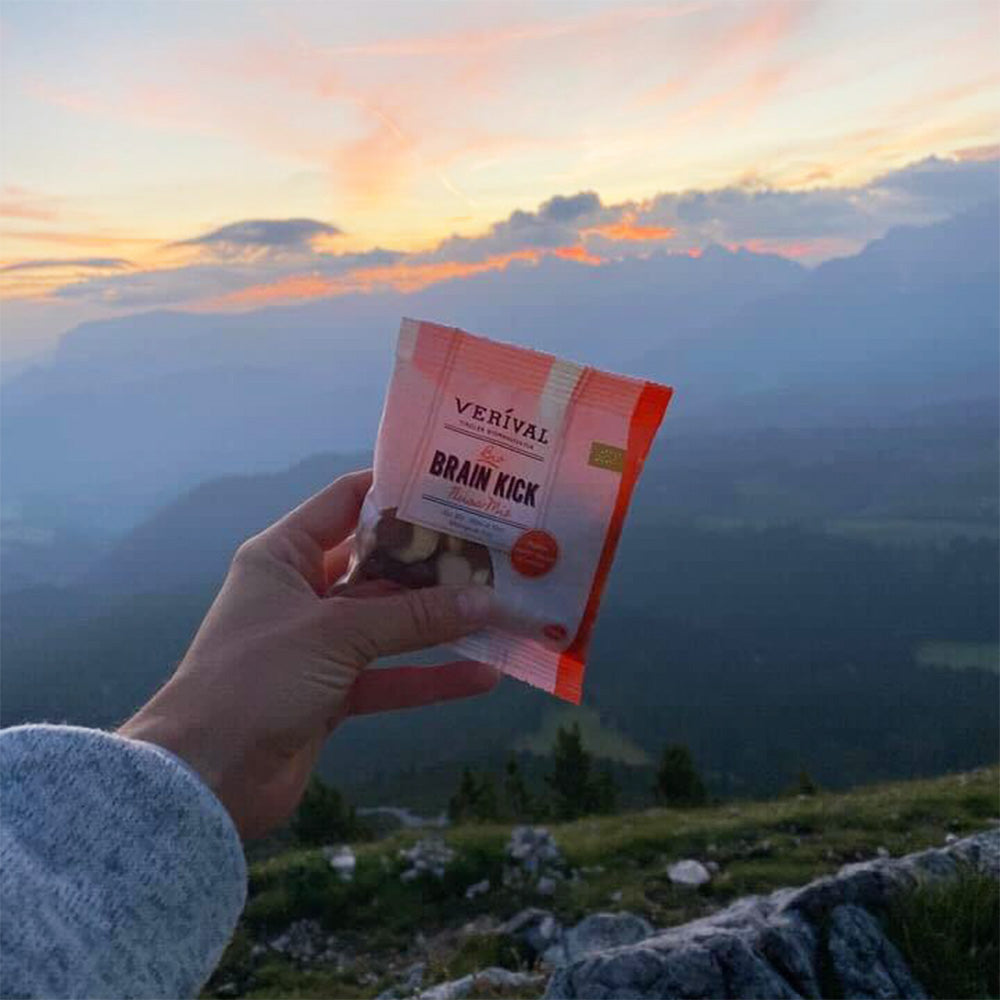Chocolate helps you lose weight. Chocolate contains a lot of sugar. Cocoa lowers blood pressure. Maybe you have heard these often contradictory opinions before. In this article, we will answer all your questions about cocoa and chocolate and compare the two. We will also answer the question, ‘Cocoa or chocolate – which product is better?’
You will also learn everything about the production of this popular treat and how you can satisfy your sweet tooth in a healthy way at breakfast time without having to go without!
It's worth sticking with it until the end – get excited!
Discover our top cocoa product!
Cocoa production
The plant without which there would be no cocoa and no chocolate is the cocoa tree. It grows in Central and South America, along the Ivory Coast and in parts of Asia. Harvesting is a laborious process, as the cocoa pods often have to be collected from the trees by hand.
The cocoa beans inside are then removed and left to ferment for about a week. This gives the beans their brown colour and aroma. Once the beans are dry, the first stage of production is complete.
In the next step, the cocoa beans are broken, roasted and ground into a uniform mass. To obtain cocoa powder, the cocoa mass is then separated from the cocoa butter and what is left is known as cocoa press cake. After this is carefully loosened, we obtain the finished cocoa powder.
How is chocolate made?
The cocoa mass is processed further to make chocolate. Depending on the type of chocolate (e.g. milk chocolate, dark chocolate, etc.), different amounts of sugar, milk powder, cocoa butter and other ingredients are added and mixed well. The next important steps in the production process are rolling and conching, which means that the chocolate mass is heated and stirred. This is what gives chocolate its fine flavour, for which it is known and loved. 1
Where did cocoa originally come from?
Did you know that cocoa only came to Europe in the 16th century? But it had been known for a long time by the Aztecs, the inhabitants of Mexico. The ground cocoa beans, together with cornmeal, pepper, vanilla and water, made a popular drink.
The Spanish conquest eventually brought the beans to Europe. The use of sugar instead of pepper made cocoa beans a success in Europe as well, although the delicacy was reserved for the rich and the nobility due to its price.
At the beginning of the 19th century, the first chocolate factories were finally established and chocolate became more affordable for the masses. 2 Read more about the origin of cocoa.
Health benefits of cocoa
Now that you know the production process and how the beans came to Europe, let's take a closer look at cocoa, because it really deserves the title of superfood!
Pure cocoa powder is very healthy because, as the name suggests, it contains 100% cocoa. Incidentally, the term ‘de-oiled’, which is often found on the packaging, means that the cocoa butter has been separated from the cocoa mass. Low-de-oiled cocoa powder has a cocoa butter content of approx. 20% and tastes more chocolaty, while the high-de-oiled variant only has a cocoa butter content of about 10% and thus has a more bitter taste.
Unsweetened, highly deoiled cocoa powder contains a large amount of proteins (about 23g/100g) and minerals such as iron (14.6mg/100g), magnesium (432mg/100g) or copper (4.4mg/100g). Since these ingredients are essential for a well-functioning immune system, your muscles and bones, cocoa can help to ensure you get enough of them! 3
Furthermore, research has shown that cocoa has a blood pressure-lowering effect. 4
In addition, raw cocoa naturally contains little to no sugar and essential unsaturated fatty acids, which counteract coronary heart disease. 5
In the supermarket, you should still pay attention to the ingredients. Drinking cocoa powder often contains a large amount of sugar and sometimes other additives.
For anyone interested in a diet based on acid-base balance, it is helpful to know whether cocoa is acidic or alkaline. Although cocoa is an acidifier, the positive, healthy nutrients outweigh the negative ones, which is why you don't have to avoid cocoa. Cocoa is therefore healthy if you use it right.
Cocoa is healthy – read more now!
Chocolate vs. cocoa – which is healthier?
Now that we've given you so much information, you're probably curious to know which is healthier: cocoa or chocolate?
And our answer is cocoa! After all, cocoa is the more unprocessed raw material, while chocolate has other ingredients mixed in with it. This increases the sugar content and the product is no longer automatically vegan and lactose-free. Furthermore, certain nutrients are lost during the chocolate manufacturing process.
Nutrients in breakfast - read more!
Which chocolate is healthy
In the past, chocolate was even said to have positive health effects. Before cocoa became a mass product, pharmacies sold it as a medicine. The product was said to have a strengthening effect after an illness.
Now the legitimate question arises: is chocolate healthy? Our answer is: it depends! Depending on the cocoa content, chocolate tastes sweet or bitter. The most popular variety, milk chocolate, contains the most sugar and milk powder. Bitter chocolate or dark chocolate contains at least 50% cocoa, less sugar and is therefore also lactose-free and vegan.
Some manufacturers offer chocolate without sugar. However, often, substitute sweeteners such as erythritol or rice syrup are used in supposedly sugar-free chocolate. It is therefore advisable to look closely at the ingredients. Some people swear by chocolate for losing weight.
Even though some studies confirm a positive effect on insulin response and an appetite-suppressing effect, further research is still needed to clarify the relationships. In addition, it should not be forgotten that chocolate contains more than a few calories and sugar, which is not particularly helpful for losing weight. 6
What can you do about chocolate cravings?
In general, we recommend enjoying food in moderation! One simple trick is to let chocolate melt on your tongue instead of chewing it. Try it with one piece and you'll see that you won't feel the urge to eat the whole bar afterwards.
How to incorporate the superfood cocoa into your breakfast
Now that you know about the positive effects of cocoa and dark chocolate, you're probably wondering how you can incorporate them into your healthy breakfast.
One option is the porridge topping. You can simply add a piece of dark chocolate or cocoa powder to your porridge, for example.
The 8 best porridge toppings – try them out right now!
You can also add the cocoa powder to your porridge.
Sport Porridge
The easiest way to incorporate the superfood cocoa into your breakfast is with our Sport Porridge Cocoa-Banana! It only takes three minutes to prepare a healthy breakfast.
In addition to the benefits of cocoa, this hot breakfast will keep you full for a long time. The water-soluble carbohydrates in oats begin to swell and dissolve in the body. This enlarges your stomach in a positive way and you feel a sense of satiety.
What's more, the porridge is without added sugar! The natural sweetness of the bananas and dates is enough to satisfy your craving for something sweet in the morning.
What's more, the unsweetened cocoa and oats provide 45% of your daily magnesium, 78% of your copper and 36% of your iron needs at breakfast time!
Convinced? Then it's best to try the porridge right away!
Try the Sport Porridge right now!
A delicious recipe
Did you know that Sport Porridge is suitable for much more than breakfast? This all-rounder is also great as a dessert!
How about nutty brownies, for example? Of course, dessert is not as healthy as breakfast, but the vegan cake is perfect for a special occasion or a ‘cheat day’!
Another plus: the cake is prepared simply without flour and is therefore also gluten-free.
Why not try it out right away and see for yourself!
- Bundesverband der Deutschen Süßwarenindustrie e. V. The long road to melt-in-the-mouth pleasure. Chocolate information. Published January 1, 2020. Accessed July 28, 2021. https://schokoinfo.de/schokolade/herstellung-von-schokolade/
- Bundesverband der Deutschen Süßwarenindustrie e. V. Cocoa. Schokoinfo. Published January 1, 2020. Accessed July 28, 2021. https://schokoinfo.de/kakao/#geschichte
- n.d. Cocoa powder, heavily de-oiled. FDDB. Published December 18, 2017. Accessed July 27, 2021. https://fddb.info/db/de/lebensmittel/durchschnittswert_kakaopulver_stark_entoelt/index.html
- Ried K, Fakler P, Stocks NP. Effect of cocoa on blood pressure. Cochrane Database of Systematic Reviews. Published online April 25, 2017. doi: 10.1002/14651858.cd008893.pub3
- O. V. Fette. Gesundheit GV.at. Published July 15, 2020. Accessed July 27, 2021. https://www.gesundheit.gv.at/leben/ernaehrung/info/fette
- Link R. Can Dark Chocolate Help You Lose Weight? Healthline. Published August 5, 2020. Accessed July 27, 2021. https://www.healthline.com/nutrition/dark-chocolate-weight-loss


